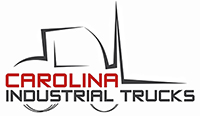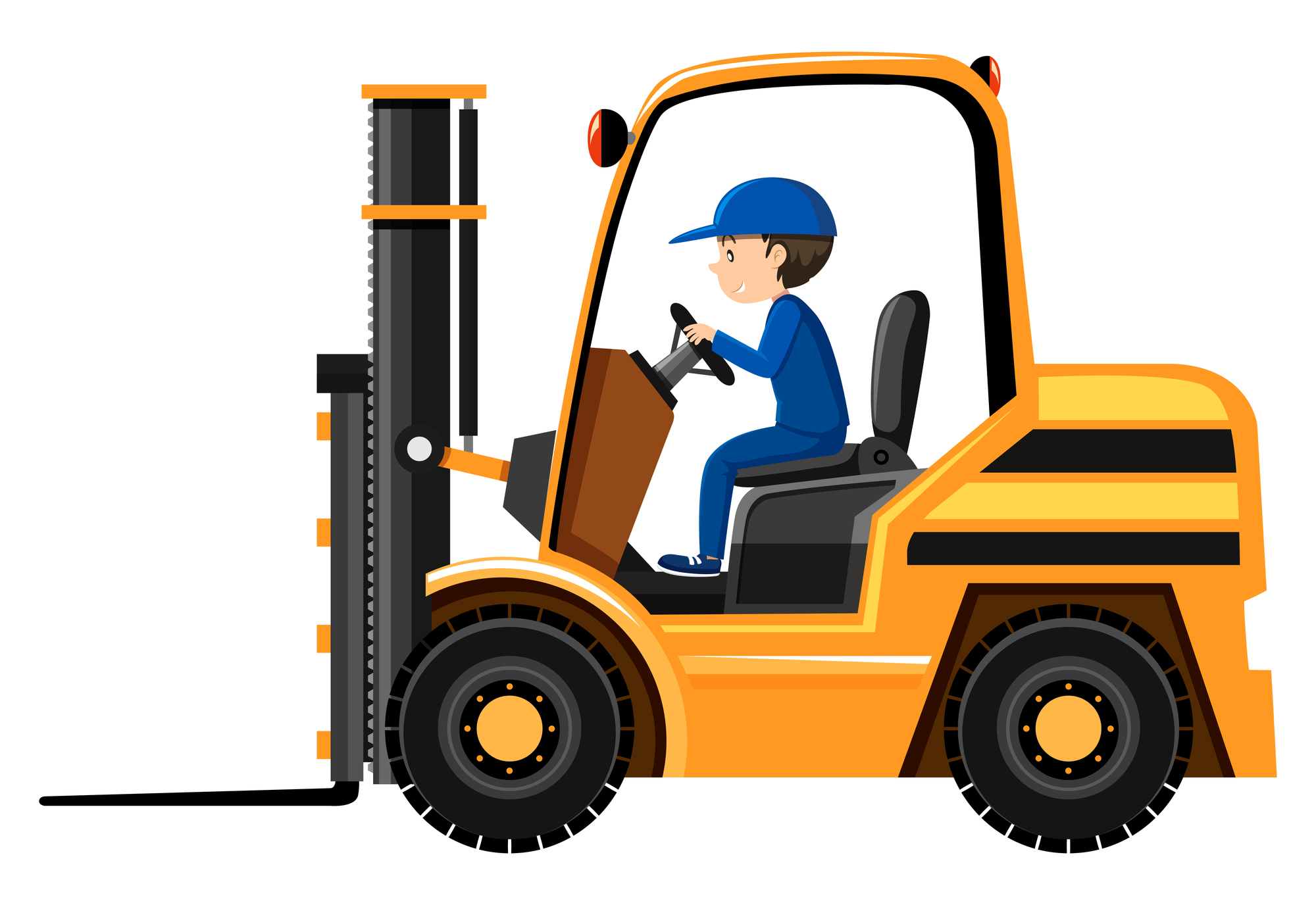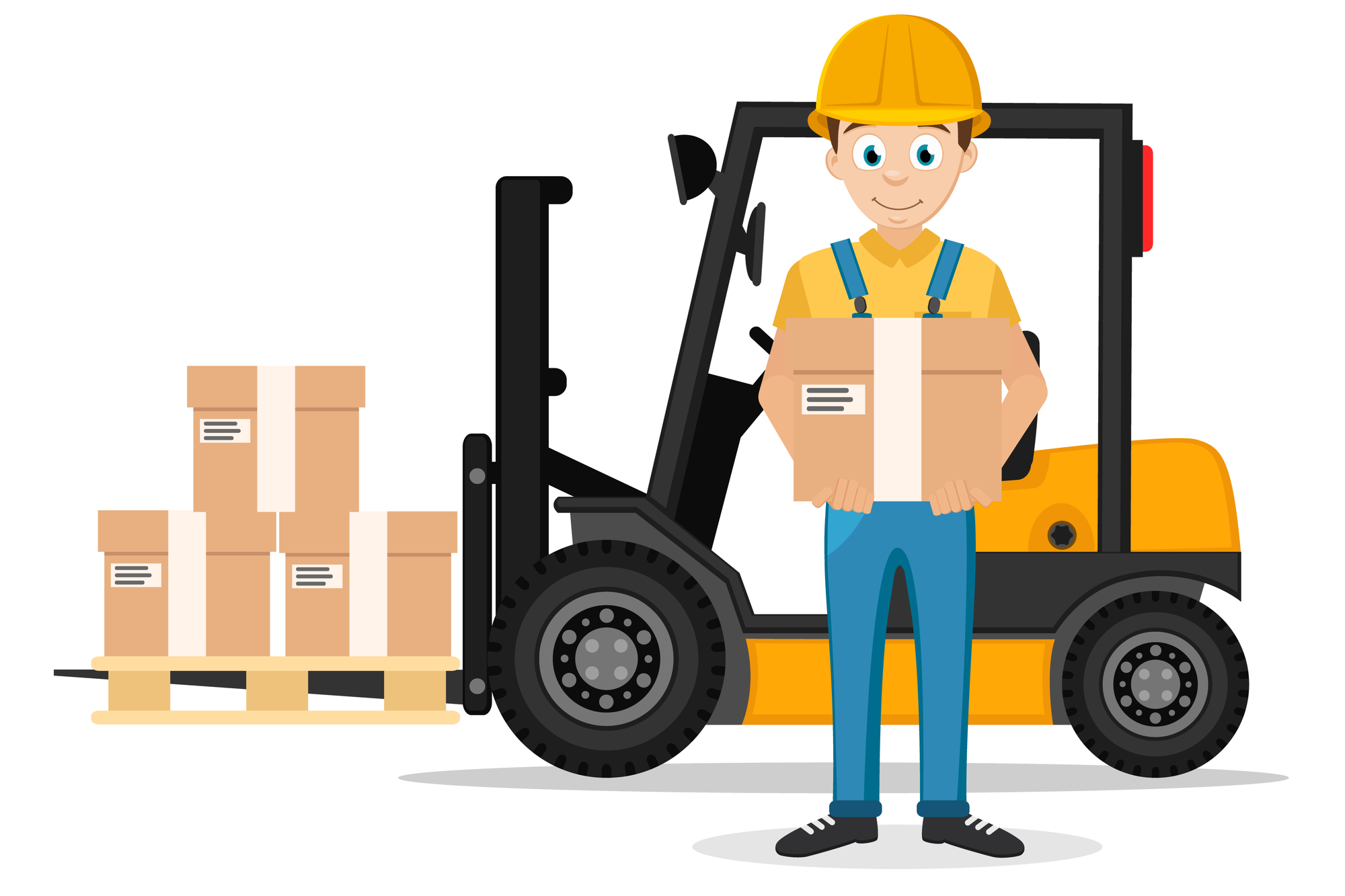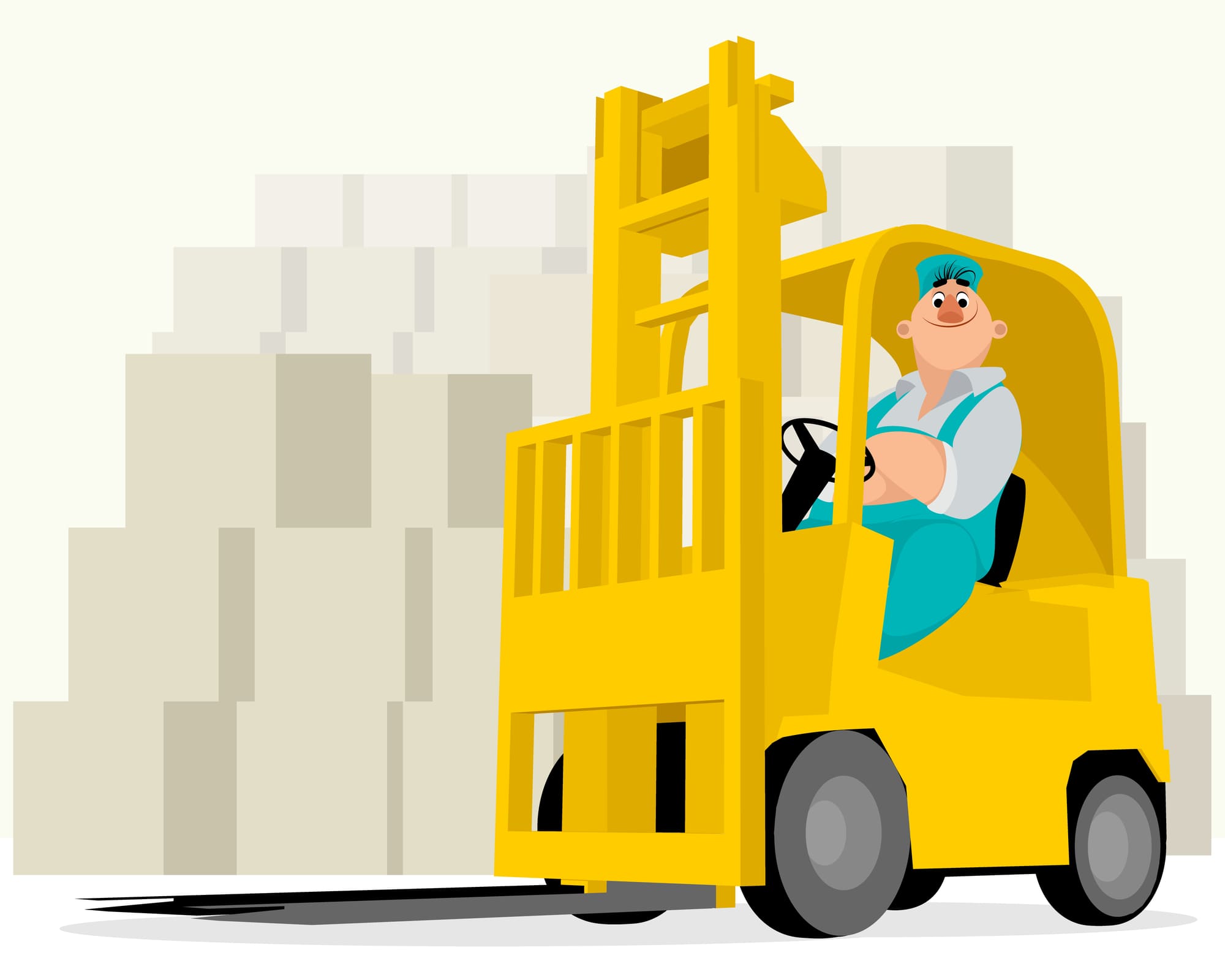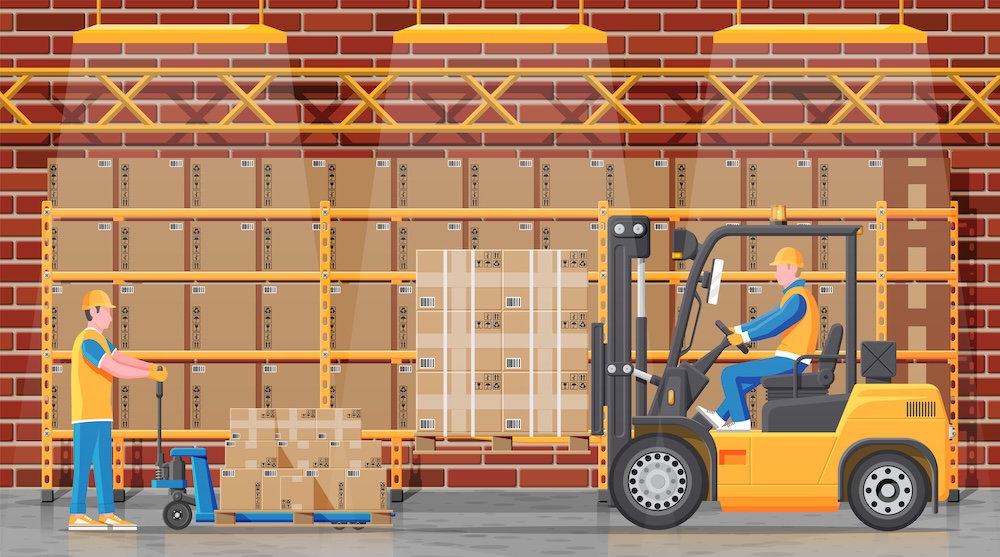New vs. Used: The Ultimate Forklift Buyers Guide
12/02/2019
CITrucks
Managing the scales between profit and expenses is a headache for any business owner. Throw some heavy machinery into the mix, and you might end up losing the balance. No one wants to see the plates to come crashing down!
That's one of the reasons why many businesses tend to ease the load by investing in used forklifts. It can do the work for a fraction of a cost.
But is it always that simple? We have prepared this forklift buyers guide to help you navigate the highs and lows of the forklift market.
Decide What Forklift You're Looking For
Before you turn to a forklift buyers guide for help selecting your new purchase, you should have an idea of what you need. Consider the work the forklift will have to do. Choosing the wrong option and model can cost you more in the long run.
First, decide if the forklift will be used indoors or outdoors, or both. That'll help you narrow down the engine options.
Electric forklifts of course, fun on battery power. Remember, once the battery charge depletes, it takes about 8 hours to charge it back up. This may not be best suited for an extended workday, unless you invest in additional batteries and keep one fully charged at all times.
Internal combustion forklifts rely on fuel, be it gas, diesel, or Propane. This can be a more reliable option for prolonged work, but the fuel has its own cost. Keep that in mind if selecting this engine.
Internal combustion engines are capable of handling the more significant workload, so they're often recommended for outdoor use.
Another thing to keep in mind is how much will you use the machine? Will it be the whole day or just a few hours?
You will also want to talk to your employees to find out their input. They might provide input on what works best for them.
For example, if you want to use the IC engine indoors, you have to provide proper ventilation due to emissions. Otherwise, there can be serious safety concerns to consider.
The last thing to consider is the dealer. Whether you buy a new or used machine, you must select a reliable seller.
Forklifts are expensive on their own, but there's also the cost of their upkeep. If the dealer can provide warranties or guarantees, you might receive support if the forklift malfunctions.
A Forklift Buyers Guide: Old vs. New
The most significant advantage you get when buying a new forklift is the warranty. It can be valid for several years, or a set number of hours of operation. This ensures your purchase will have a safety net, should the machine break down.
New machines offer longer working time as well. They will inevitably break down at some point, but they won't require maintenance right after purchase.
You'll get proper working time out of a new forklift before you need to invest in repairs, other than normally scheduled maintenance, such as an oil change.
However, the new forklifts are quite expensive. It's possible a business just cannot invest that kind of money into a new machine. Consider how much you will use the forklift.
A used forklift may be suitable for your business if it won't have a high workload. They generally have a lower price range. However, you have to make sure the maintenance cost and replacement cost are not too high.
Used forklifts often need replacement parts. You should make sure the model you selected is not one that is difficult to find parts for. Otherwise, you will have trouble replacing something if it breaks.
A used forklift can end up providing better ROI than a new one. If you only need to stack the items once per day or week, a new forklift can be an expense you don't need.
Testing A Used Forklift
It's advisable to test out any forklift before purchase. It's especially relevant when buying a used forklift. You should climb into the driver's seat and to see how it operates.
Consider if the lifting mechanism works smoothly. Otherwise, you might need to replace some parts.
Breaking and acceleration shouldn't have any disturbances. Additionally, in this forklift buyers guide, we suggest inspecting the tires.
If you are buying a forklift for outdoor use, but the machine has cushion tires, they can wear out quicker in harsher conditions.
Cushion tires are recommended for indoor use. Whereas pneumatic tires are more significant and sturdier, so they serve better outdoors.
Physically inspect the forklift. Check if the chains that lift are properly lubricated. If there are cracks or rust, you will need to replace them soon. All the imperfections and issues will cost you on top of the initial sum.
Consider asking a specialist to take a look at the forklift. A mechanic will be able to pinpoint problems you may have missed.
No one expects a used forklift to be perfect. But any additional spending should be compared to the price of a new forklift. Alternatively, you will spend more on a used machine, and it can impact your overall success.
Things to Keep in Mind
If possible, demo the forklift and see how it performs. This can be important to both used and new machines.
Sometimes the information on paper won't match with what you need the forklift to do. So, we suggest checking the performance firsthand.
This can be tricky with used forklifts. However, you can always ask for detailed information on the upkeep of the machine.
A reputable dealer will be able to provide a maintenance history for the forklift. This will allow you to decide if the machine is worth investment or if it'll be too expensive to keep going.
Ultimately, you should consider time. If the used machine breaks down, can you afford to wait until it's fixed? If yes, perhaps the new forklift will be more profitable for your business. If losing time and money is crucial, you will be better off investing in a new forklift.
Which Will You Go For: New or Used?
We hope having read this forklift buyers guide; you now have a better idea of whether to go for a new or used forklift. At the end of the day, only you can decide -- so, which will you go for?
If you need help deciding which forklift is the best for your business, or if you want more information about a specific machine, don't hesitate to contact us.
